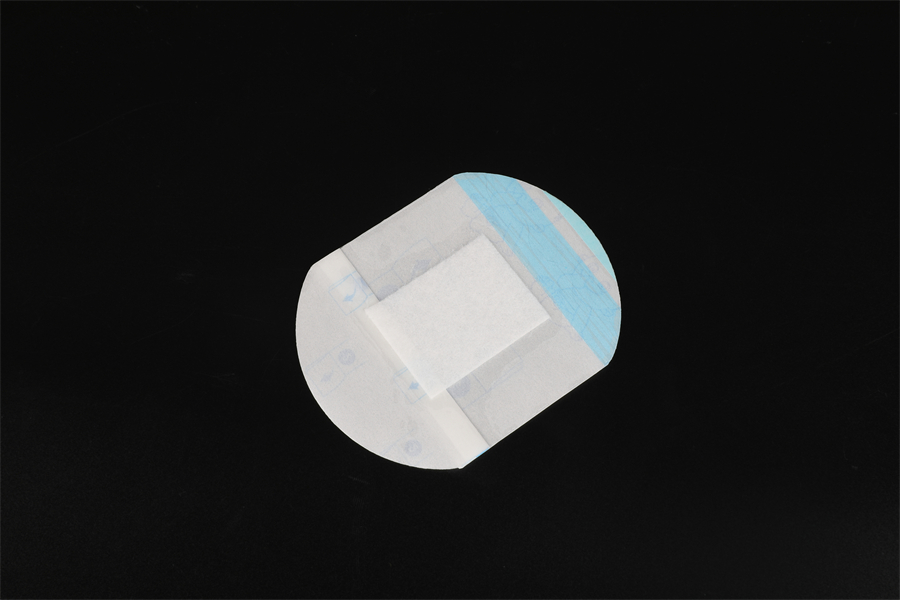When evaluating whether a wound dressing is made from hypoallergenic materials and its safety for sensitive skin, it's essential to consider both the materials used and the testing processes involved. Here's a detailed approach to understanding this aspect:
Hypoallergenic Materials
Material Composition:
Natural vs. Synthetic: Determine whether the dressing is made from natural fibers, like cotton, or synthetic materials, such as polyurethane or silicone. Hypoallergenic dressings typically avoid common allergens like latex or certain adhesives.
Coatings or Additives: Some dressings might have added substances, such as antimicrobial agents or moisture-retentive layers. It's important to ensure these additives are also hypoallergenic.
Testing and Safety Validation
Testing for Sensitivity:
Dermatological Testing: The dressing should undergo dermatological testing on human subjects with sensitive skin to evaluate the potential for allergic reactions or irritation.
Patch Tests: Often, small-scale patch tests are conducted where the dressing is applied to a controlled group of individuals to monitor any adverse skin reactions over a specific period.
Biocompatibility Testing: This involves laboratory tests to assess the dressing’s interaction with human tissues, ensuring it does not cause cytotoxicity, sensitization, or irritation.
Clinical Trials and Studies:
Clinical Studies: Look for evidence from clinical trials where the dressing was used on patients with known skin sensitivities or allergies. These studies should report on the incidence of skin reactions and overall patient tolerance.
Long-Term Use Studies: Some tests may also involve long-term use on patients with chronic wounds, providing insight into the dressing's safety over extended periods.

Certifications and Standards
Regulatory Approvals:
FDA/CE Mark: Confirm that the wound dressing has been approved by relevant health authorities like the FDA in the United States or has a CE mark in Europe, indicating compliance with safety standards.
ISO Standards: Check if the dressing meets specific ISO standards for medical devices, particularly those related to biocompatibility (e.g., ISO 10993).
Patient Feedback and Reports:
User Feedback: Examine patient reports or feedback on the dressing’s use, particularly from those with a history of skin allergies. Consistent positive feedback can be an indicator of its hypoallergenic nature.
Post-Market Surveillance: Some manufacturers conduct ongoing monitoring of their products to track any adverse reactions in real-world use.
By ensuring that the wound dressing is made from hypoallergenic materials and has undergone rigorous testing for safety on sensitive skin, healthcare providers can make informed decisions that prioritize patient comfort and reduce the risk of adverse reactions.

 English
English 中文简体
中文简体








